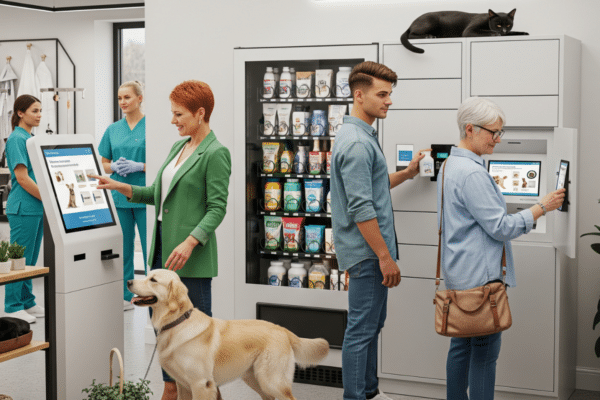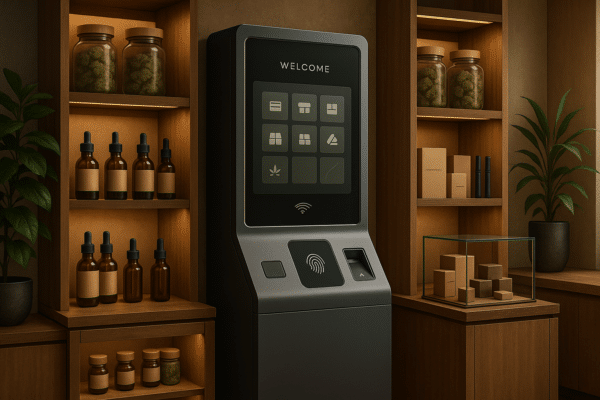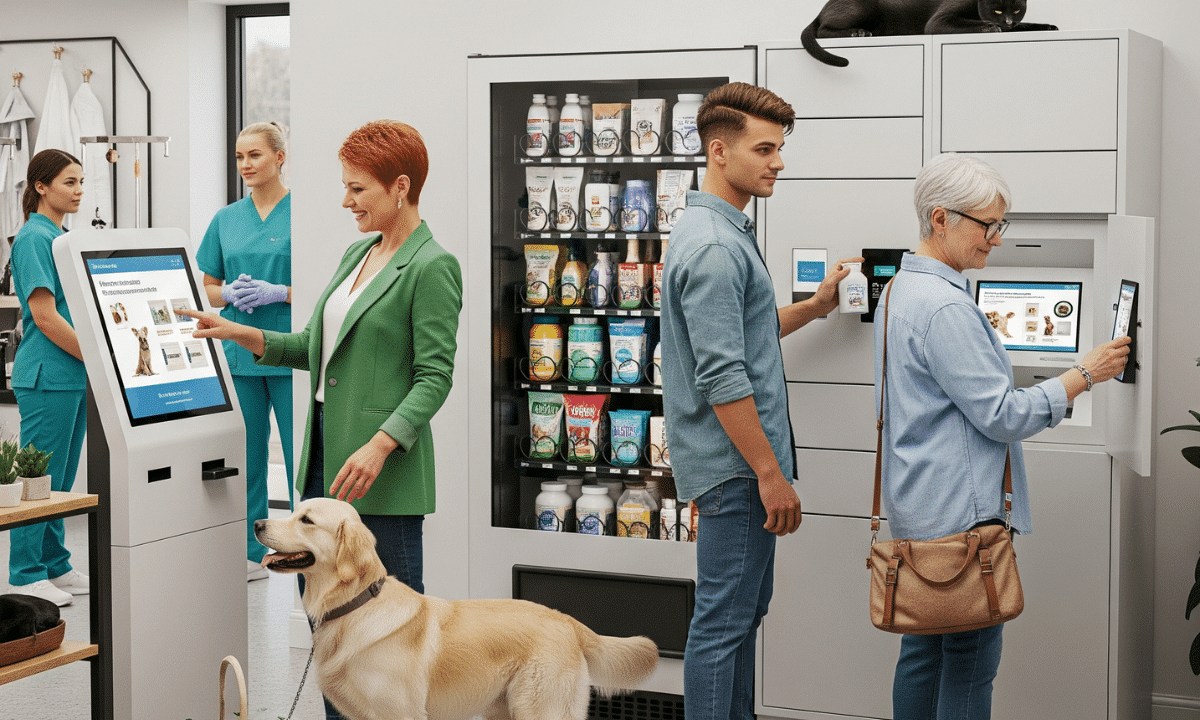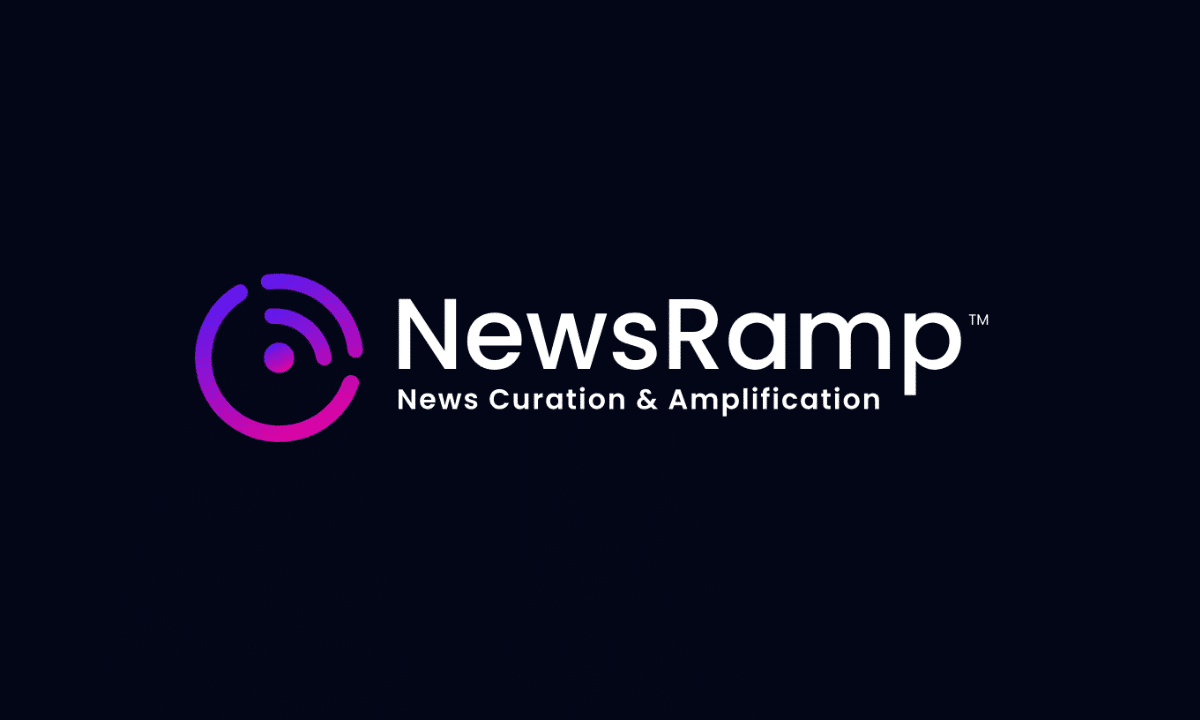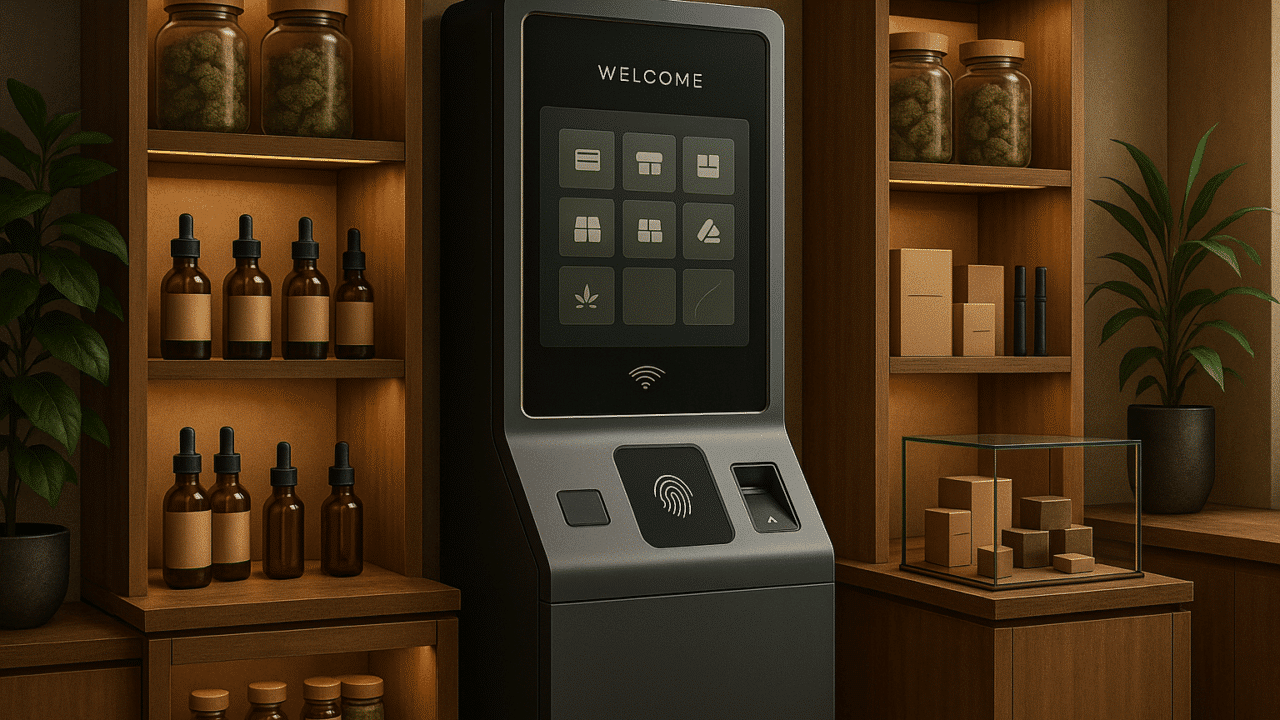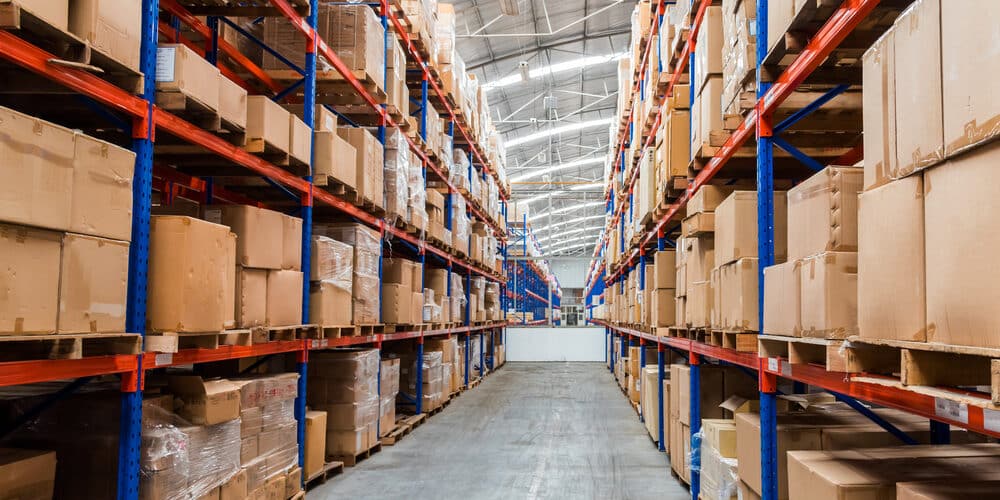
Why Merchandising Tools Are Essential To Your Business
Merchandising is arguably one of the most crucial aspects of any successful retail business. It guides the customer journey, from the moment potential customers land on your ecommerce site, while they are navigating through your product pages and, finally, when they add items to their shopping carts and grow those conversion rates.
Merchandising is an art – one that leverages several tools and strategies to create an engaging and rewarding customer journey.
Understanding the Importance of Merchandising in Business
Merchandising comprises several strategies aimed at promoting and selling products. It involves an assortment of variables, from the aesthetics of your ecommerce site to how products are displayed and priced on a site search. Pivotal as it is, retail merchandising can influence potential customers’ decisions, improve your site’s search results, and ultimately drive conversion rates.
Advantages of Effective Merchandising
A well-executed online merchandising strategy can have several benefits for your business. Primarily, it orchestrates a seamless and guided shopping journey for potential customers, enhancing their experiences across your ecommerce site, from browsing a product page to purchasing.
Quality retail merchandising amplifies product visibility, creating a compelling showcase that translates into increased conversion rates. It also serves as a catalyst for refining your decision-making capabilities, leveraging retail data insights to optimize inventory management.
By embracing a well-executed retail merchandising approach, your business enhances the customer experience and fortifies its sales potential and operational efficiency.
Key Areas of Merchandising and their Impact on your Business
Key areas of retail merchandising play a pivotal role in shaping the success and perception of a business. From strategic product placement and eye-catching displays to guiding product assortment to driving omnichannel integration and seamless customer experiences, effective retail merchandising can significantly impact a company’s bottom line.
Ensuring that products are strategically positioned to capture attention, employing innovative technologies for an enhanced customer journey, and embracing sustainability in merchandising practices all contribute to creating a positive brand image. Moreover, maintaining consistency across online merchandising and in-store channels fosters customer loyalty.
Why Merchandising Tools are Essential to Your Business
Move Merchandise Efficiently
Being efficient is a common goal for every retail business. Merchandising tools like retail analytics software, retail assortment management applications, and category management tools can significantly improve your efficiency. These tools facilitate smooth stock rotation and help streamline your category management efforts and range optimizer solutions.
Improve Decision Making with Data
Relevant data enables businesses to gain genuine insights and use them to make informed retail merchandising decisions. Specialist software like planogram software and retail analytics software help track product performance and customer preferences. Many top merchandising tools also allow for a complimentary consultation session to provide further context to the collected data.
Top Merchandising Tools and How They Aid in Business Success
Planogram Software
Planogram software is a visual merchandising tool that helps retailers design and implement optimal shelf plans. Planogram software allows you to create a product clone digital replica of your retail store and experiment with different shelving arrangements. This aids in shelf planning and helps provide a carefully guided shopping experience to potential customers. You can also integrate it with your retail assortment management applications for a comprehensive retail merchandising strategy.
Retail Analytics Tools
Understanding sales data and customer behavior is crucial for inventory management and improving conversion rates. Retail analytics software integrates with your ecommerce site and tracks core aspects of online merchandising, such as customer interactions, shopping cart abandonment rates, and site search results.
For instance, advanced analytics tools not only provide insights derived from customer journey mapping but also predict future trends. This enables retailers to strategize accordingly to drive potential customers to product pages, thereby, boosting sales and revenue.
Session recordings are another retail analytics tool that can drive sales on your website. Session recordings give you a clear picture of your customers’ shopping experience, highlighting areas that are performing well, along with those that need improvement. Session recordings allow you to share your customer’s journey so you can provide an even better guided shopping journey going forward.
Pricing Optimization Tools
Pricing optimization tools have become integral in the realm of merchandising, providing businesses with sophisticated strategies to maximize profitability and maintain a competitive edge. These tools leverage advanced algorithms and data analytics to analyze market trends, competitor pricing, and consumer behavior. By adjusting pricing based on real-time insights, businesses can optimize their product pricing to align with market demands.
Additionally, pricing optimization tools empower merchandisers to implement strategic pricing models, discounts, and promotions, ensuring a balance between attracting customers and maximizing revenue. The result is a more agile and responsive pricing strategy that’s able to adapt to market fluctuations, enhance customer satisfaction, and contribute to the success of retail merchandising efforts.
The Future of Merchandising Tools in Business
Integration with Artificial Intelligence and Machine Learning
Merchandising tools have undergone a transformative evolution with the integration of Artificial Intelligence (AI) and Machine Learning (ML). These cutting-edge technologies bring unparalleled precision and efficiency to merchandising strategies. AI and ML algorithms analyze vast datasets, enabling merchandisers to gain valuable insights into potential customers, market trends, and product performance.
This data-driven approach allows for more accurate demand forecasting, optimizing inventory management, and reducing the risk of overstock and stockouts. Additionally, AI-driven personalization enhances the customer shopping experience by tailoring product recommendations and promotions based on individual preferences.
As merchandising tools continue to leverage AI and ML capabilities, businesses can unlock a new level of agility, responsiveness, and strategic foresight in their efforts to create compelling and customer-centric retail experiences.
Evolution of Visual Merchandising Tools
The evolution of visual merchandising tools has been a dynamic journey, transforming how retailers showcase products and captivate their audience. From traditional window displays to the digital era, visual merchandising tools have embraced technology to create immersive and interactive experiences.
Augmented Reality (AR) and Virtual Reality (VR) have taken center stage, allowing retailers to virtually place products in real-world settings, enhancing the online shopping experience. Advanced analytics and heat mapping enable retail businesses to measure customer engagement with displays, allowing them to further refine category management, product assortment and product promotion for optimal impact.
With the integration of AI, visual merchandising tools now offer personalized recommendations based on individual preferences, delivering a bespoke shopping journey. This evolution signifies a shift towards more dynamic, data-driven, and customer-centric approaches in the realm of visual merchandising.
Importance of Staying Ahead in Retail with Modern Merchandising Tools
Staying at the forefront of retail innovation is essential to achieving a competitive advantage in today’s market. By implementing top merchandising tools, you tap into a wealth of data that can be used to make well-informed decisions, enhance the customer experience through guided shopping, and boost your bottom line.
From the complimentary consultation services of many retail technology providers to the multitude of resources available online, such as industry blogs and webinars, there’s no shortage of information for ambitious retailers. Seeking out these resources and tools will surely help you effectively manage retail merchandising and foster a culture of continuous improvement.

